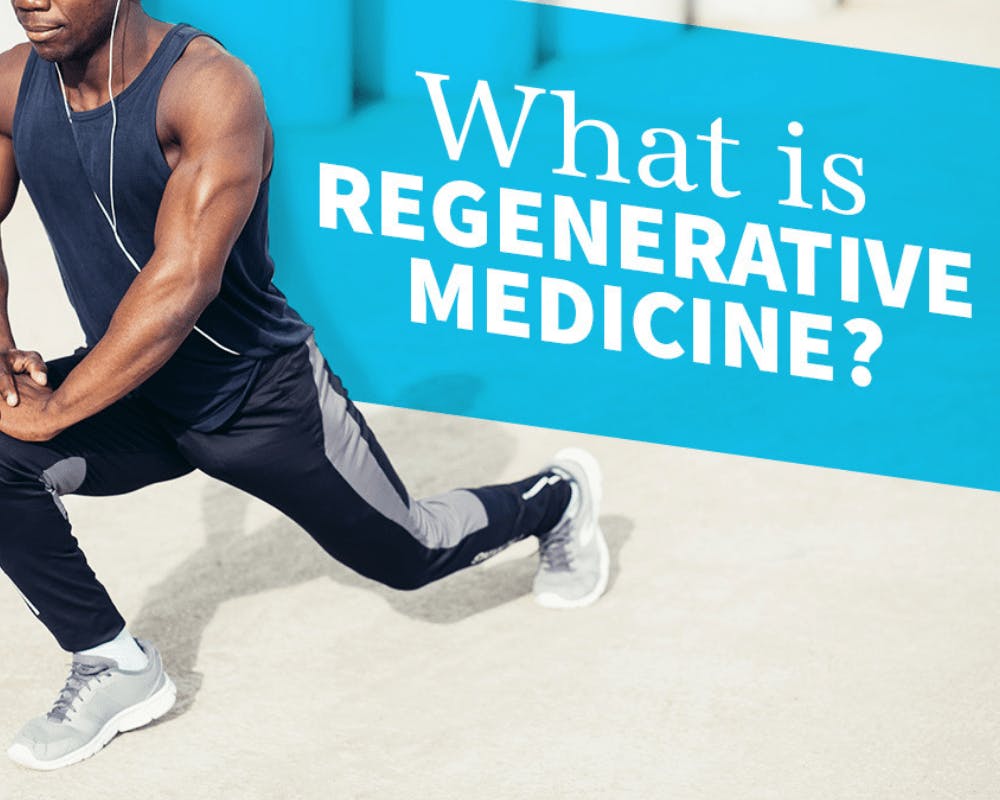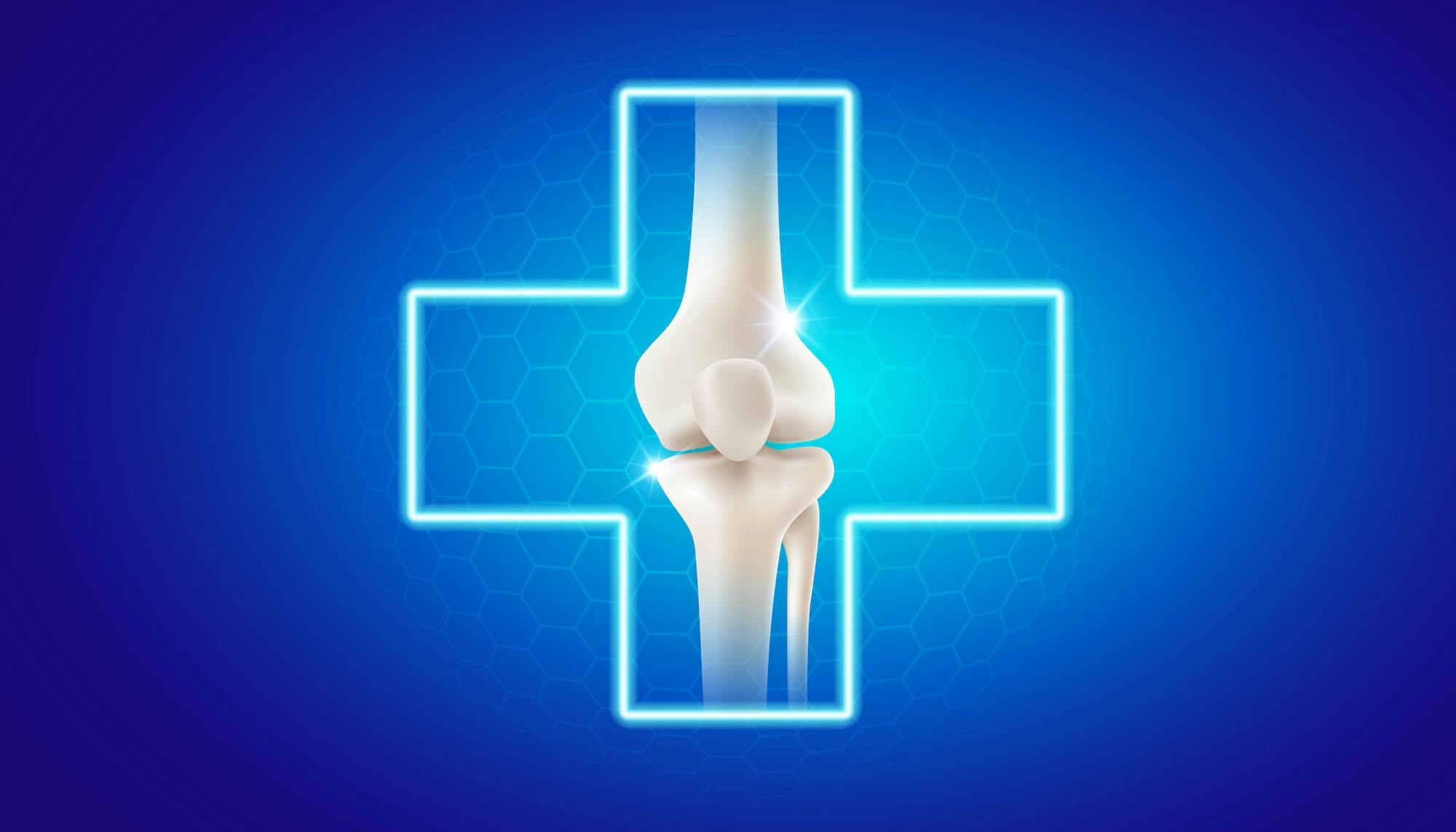- Blog
What Is Regenerative Medicine?
Posted on 04-16-2025 in Regenerative Medicine by Dr. Joshua Hackel

Posted on 04-16-2025 in Regenerative Medicine by Dr. Joshua Hackel
What Is Regenerative Medicine?
Regenerative medicine is the burgeoning field of clinical research and treatment that focuses on harnessing the body’s innate ability to heal itself in the management of musculoskeletal injuries. While many of the treatments that fall under the umbrella of regenerative medicine are still in the early stages of development, study, and regulatory approval, many clinicians believe that these procedures hold great promise for the treatment of orthopaedic disorders. Furthermore, regenerative medicine has applications beyond the muscles and bones of the body, so it has the potential to revolutionize countless areas of medical treatment.
Generally speaking, there are three interconnected pillars of regenerative medicine: rejuvenation, replacement and regeneration. Rejuvenation involves harnessing and supporting the body’s ability to heal itself; replacement is the process of transferring healthy tissues from donors to recipients, like heart or lung transplants; and regeneration relies on delivering specific cells to diseased or damaged tissues with the intention of regenerating the diseased tissue. When talking about regenerative medicine’s application in the musculoskeletal system, the focus of researchers and clinicians is generally on the “regeneration” pillar of regenerative medicine.
The History of Regenerative Medicine
While regenerative medicine might sound futuristic, the science and research around these treatments have actually been around for a very long time. Like all nascent medical treatments, regenerative medicine started out as an idea in a laboratory, where the biological underpinnings of the treatment were tested and proven by scientists. This early-stage research grew and developed into clinical trials, and there are now a number of studies being conducted around the world to determine the safety and efficacy of the clinical applications of regenerative medicine in orthopaedics. As we move into the future with this revolutionary treatment, clinicians and scientists will continue to refine and test their hypotheses on the safety and efficacy of regenerative treatments in an effort to push the science forward.
Regenerative Medicine Procedures for Orthopaedic Pain
The two primary regenerative medicine procedures being developed and tested for orthopaedic application are platelet-rich plasma (PRP) therapy and stem cell injections. Platelet-rich plasma therapy uses a form of the patient’s own blood, which has been refined to contain a high concentration of cells called platelets. Platelets contain substances called growth factors that reduce pain and inflammation and enhance the body’s ability to heal itself. Your physician may give you one PRP treatment or they may recommend multiple PRP injection treatments over the course of a few months. The number and frequency of injections your physician recommends will ultimately be based on the specifics of your injury and how much your condition improves after each injection.
The second primary application of regenerative medicine in sports medicine is stem cell injections, which use the body’s own stem cells to promote healing and recovery. Adult stem cells are found throughout the body and can be harvested from a patient’s bone marrow or adipose (fat) tissues. These cells have many regenerative and anti-inflammatory properties, so clinicians believe that they may have the ability to treat some common conditions that cause damage to the soft tissues within the body (e.g., torn cartilage, arthritis, etc.). When extracted, processed and injected back into the body, these immature cells have the potential to promote healing and repair by developing into muscle, vascular, cartilage or even bone cells and signal other cells to assist with repair of damaged tissue.
Who is it for?
Anyone suffering from a musculoskeletal injury or disorder could be a candidate for regenerative medicine treatments. As noted above, there is great potential for these treatments to impact recovery and healing from a variety of orthopaedic conditions. However, the development and study of these treatments is still in its infancy, so the only way to know for sure whether or not one of these procedures is right for you is to consult your physician. A sports medicine physician can perform a complete workup on your condition and determine whether or not there are any clinical trials being conducted in your area in which you can participate. Locally, Dr Josh Hackel and colleagues at the Andrews Research and Education Foundation are conducting several clinical trials utilizing the patient’s own stem cells to promote healing and repair.

March is National Nutrition Month®, and as part of the conversation, the North Florida Bone & Joint team wants to emphasize the impact diet can have on your bone health. Before diving in, it's essential to understand the role the skeleton plays in your body. Specifically, the skeleton—and the bones its comprised of—serve the following functions:

At North Florida Bone & Joint Specialists, we’re committed to delivering convenient, expert care throughout the Gulf Coast. As part of that commitment, we’re excited to announce the expansion of our clinical office footprint. In March, we opened two new locations in Milton and Navarre, FL, further enhancing our ability to serve patients across Northwest Florida.

Valentine’s Day is all about love—so why not show your joints some love, too? Whether you’re an athlete, an active adult, or simply looking to maintain mobility as you age, taking care of your joints is essential for long-term health and well-being. At North Florida Bone & Joint Specialists, we believe that self-care isn’t just about relaxation—it’s about making intentional choices to keep your body strong, pain-free, and resilient. Here are four self-care tips to keep your joints healthy and moving with ease: